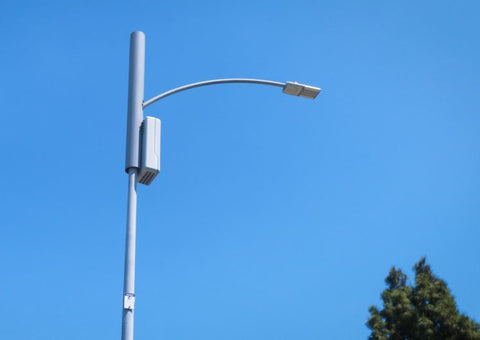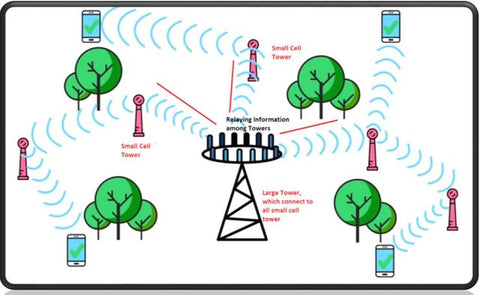Menu
-
- Home
- Order
-
Services
- Los Angeles County Radius Map, Mailing List & Mailing Labels
- Orange County Radius Map, Mailing List & Mailing Labels
- Riverside County Radius Map, Mailing List & Mailing Labels
- San Diego County Radius Map, Mailing List & Mailing Labels
- Alcohol Beverage Control (ABC) - 500' Resident List - ABC 247, ABC 251, ABC 207E, ABC 207F
- Air Quality Management District (AQMD) Radius Map, Mailing List & Mailing Labels
- Alameda County Radius Map, Property Owner List, Occupant, Mailing Services
- Coastal Commission Radius Map, Mailing List & Mailing Labels
- Contra Costa County Radius Map, Mailing List & Mailing Labels
- Sacramento County Radius Map, Mailing List & Mailing Labels
- San Bernardino County Radius Map, Mailing List & Mailing Labels
- San Luis Obispo County Radius Map, Mailing List & Mailing Labels
- Solano County Radius Map, Mailing List & Mailing Labels
- Sonoma County Radius Map, Mailing List & Mailing Labels
- Ventura County Radius Map, Mailing List & Mailing Labels
- Pricing
- FAQ
- Blog
- Get a Quote
-
- 1 (949) 771-0051
- Login

- Type only the city name. For example, “Irvine”
- Do not type the full street address or zip code
- We only service the state of California
Radius Map & Public Notification - Will my cell phone coverage improve with 5G?
October 24, 2019 4 min read
The New 5G. More Power In A Smaller Package.
Unless you have been living in Siberia, you probably have heard of 5G, the newest mobile networking technology that's replacing 4G and will be the engine that powers all of your devices that connect to the internet. What exactly is 5G though? To start with, a 5G network uses what are called “Small Cells.” If you are like most of us, you probably went “That’s great, but what does that mean?”
The actual cell tower is a critical part of a 5G network. Certain equipment is needed to relay information between devices, which is why we need a 5G tower for a 5G Network.
A 5G tower is different than a 4G tower in all ways both visually and how they function. To start with, you need a lot more of them because they’re much smaller, and they transmit data on an entirely different part of the radio spectrum.

Image of 5G Tower mounted on light pole in ROW (Right of Way)
A small cell in a 5G network is the base station that serves a critical role in the overall network. They're called “small cells” as opposed to "macrocells" used in 4G networks because “Surprise,” they are smaller.
Another difference is that 5G towers don’t require much power which is why they can be made smaller. This is ideal because while everyone loves looking at the fake trees that resemble a plastic toy, 5G towers are more pleasing on the eyes and need less space. These small cells support high frequency millimeter waves, which have limited range.
A 5G cell tower basically looks like a small box. Even though most of the 5G will be built this way, some companies are burying antennas under manhole covers which will allow them to extend coverage through the streets.
How do these 5G Small Cells Work?

Image - 5G - How does it work illustrated (Photo Credit Steemit)
Even though these 5G cells are small, they are powerful. The technology inside these cells is what makes 5G so fast and also be able to provide the power to the ever growing number of devices that require more juice.
Inside a small cell is radio equipment necessary for transmitting data to and from connected devices. The antennas within the small cell are highly directional and use what's called “Beamforming,” to focus the attention to specific areas around the tower.
These devices can also quickly adjust power usage based on the current load. This means when a radio is not in use, it will drop down into a lower power state in just a few milliseconds, and then re-adjust just as quickly when more power is needed.
5G small cells are also simple in design and can be installed quickly. In most cases, it only requires a few hours so you won’t have trucks blasting away all day installing the plastic tree.
Small cells also require a power source and backhaul to connect it to the carrier's 5G network, and eventually the internet. A carrier might choose a wired fiber connection or wireless microwave for that connection.
5G Tower Locations
Nowadays, we have everything from smartwatches to farms in rural America that are thirsty for power and elite speeds with little or no delays. In order to accomplish this, a massive number of 5G towers need to be constructed with minimal impact on business districts, neighborhoods and other areas.
Since, 5G cell towers are so small, they can be positioned in ordinary places like on light poles, the tops of buildings, and even street lights. This means that you won’t see them as much and most likely not at all unless you are on a mission to find a small box.
For 5G to perform at a high level in a city with a large population, they need to be positioned close to wherever connected devices can access them. This means they need to be in places like intersections, outside the doors of businesses, in several locations on school campuses, at the entrances of housing communities, etc.
Another reason 5G towers have to be installed so frequently in busy areas is that for the small cell to support superfast speeds, it has to have a direct line of sight with the receiving device, like your smartphone or home. If you ever plan to replace your home broadband internet with 5G, you'll most likely have a 5G cell tower down the street from your house.
This is the beginning of a new age in performance and speed with the debut of 5G. Not only will we be receiving better results on our devices, we will also be less impacted by cell phone tower sprawl.
5G Regulation - Public Notification & Radius Maps
Regulation requires 5G Towers to go through an application process at the City level. Thats where Express Mapping comes into play. We help jurisdictions make radius maps and lists that show the notification boundary of the area. These maps help pinpoint the affected residents within 300 feet or 500 feet depending on the regulation requirements. We use data provided by the county and subscription databases to notify homeowners and tenants of upcoming projects in their area.
How to Order Radius Map - 300' Residents
If you are ROW installer, you can get a quote for this service at our Cellular page here:
https://expressmapping.com/pages/cellular-3
More Information:
To read more about 5G regulation, visit https://www.fcc.gov/5G
Credits:
Credits: Lifewire Blog, Crown Castle
